Glossary of Window Coverings Terms
May 16, 2022When you’re new to the window coverings world, some of the terminology can be intimidating. But it doesn’t have to be. We’ve put together a glossary of common window coverings terms so you can navigate conversations with a window coverings specialist and ensure your interior design clients receive the perfect window treatments. 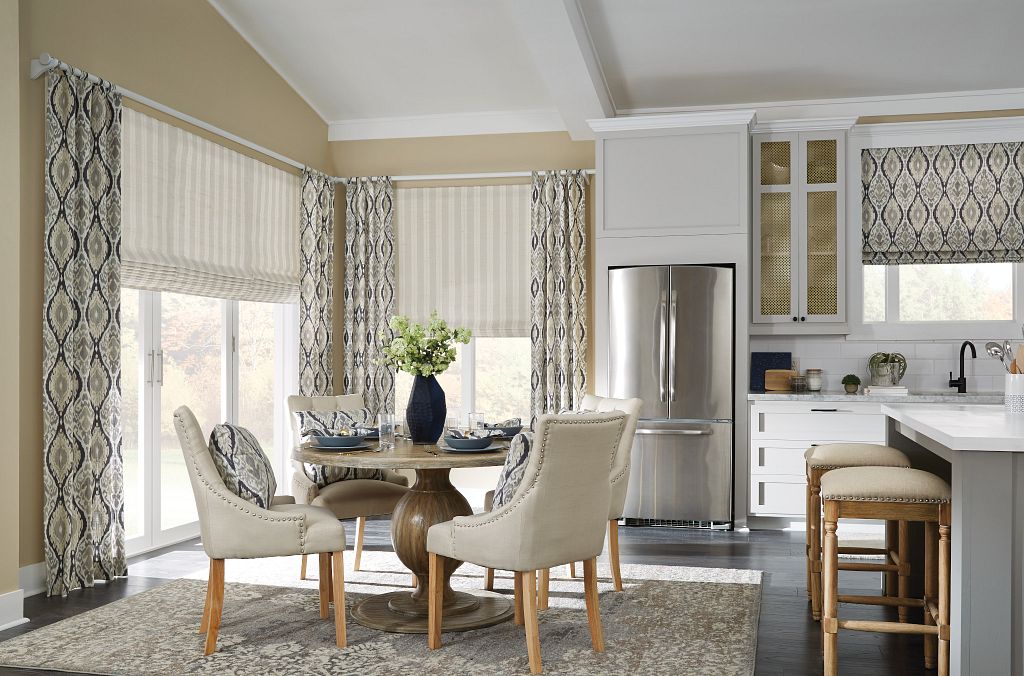
Types of window coverings
- Cornice – A flat top treatment with a straight or shaped bottom
- Drapery – A panel of fabric often featuring a pleated heading
- Honeycomb shades – fabric shades that use air pockets to maximize energy efficiency, insulating against heat and cold; also known as cellular shades
- Plantation shutters – Characterized by their tilted louvers, which are similar to slats on blinds; fitted to the window frame; can be opened like doors
- Roller shades – A simple window covering made of a solid sheet of material and raised or lowered using a roller function
- Roman shades – Soft window treatments that hang flat against the window when lowered and feature soft or crisp folds when raised
- Top treatment – Covers the top of the window and any hardware; can be layered with other window treatments or used on its own
- Vertical blinds – Window treatment where the slats run up-and-down instead of left-to-right
- Valance – A decorative piece used as a finishing touch to hide a window covering’s headrail
- Wood blinds – A hard window covering made of slats that can be tilted, raised, or lowered
- Woven wood shades – Shades made of natural materials, such as wood, fibers, bamboo, or grass
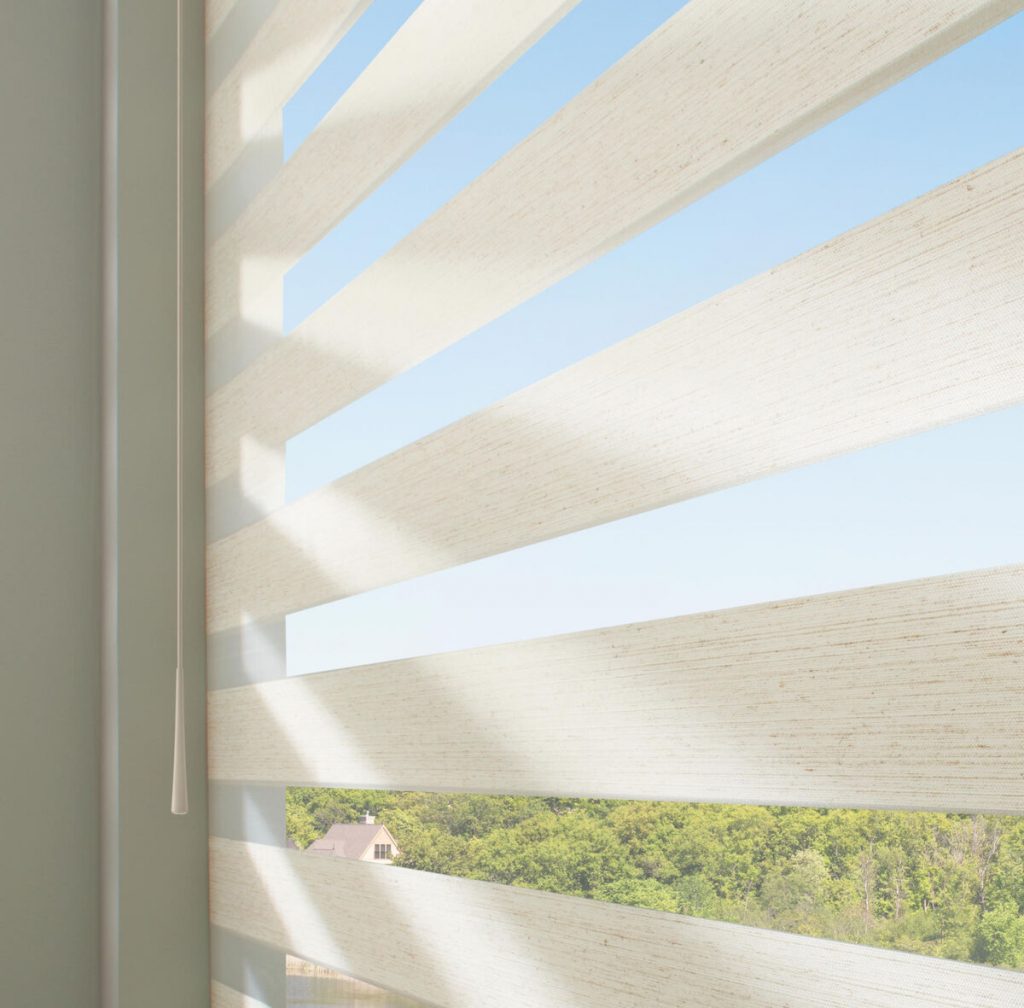
Parts of a window covering
- Bottom rail – A heavy horizontal piece of hardware mounted at the bottom of a window treatment to keep it hanging straight; often color-coordinated to match the rest of the window covering
- Header – Refers to the various types of tops used for draperies, such as the pleating style; also known as a head or heading
- Headrail – The hardware at the top of a window covering that contains the mechanical operational parts
- Louver – An integral part of a plantation shutter that’s used to control the amount of light that streams through; similar to the slats of a blind
- Returns – The two side pieces of a valance that connect the front of the window treatment to the wall
- Slat – An integral part of a horizontal blind that’s used to control the amount of light that streams through
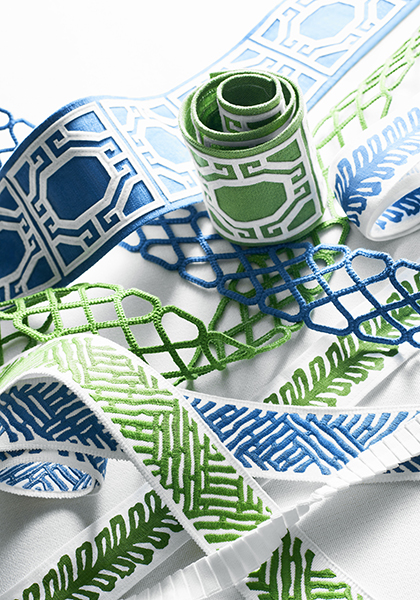
Embellishments & customization
- Fullness – How many ripples or folds are present when a drapery panel is closed
- Leading edge – The inside vertical border of two drapery panels that meet at the center of the window; read also: Master Bedroom Drapery for a Relaxing Retreat in Black Creek
- Stack back – How much space a drapery panel takes up when fully opened
- Swags – The sections of fabric that resemble a sideways “C” and are paired with a vertical “tail,” which hangs on either side of the window; read also: Everything You Need to Know About Roman Shades
- Tie backs – Used to hold drapery panels in an opened position
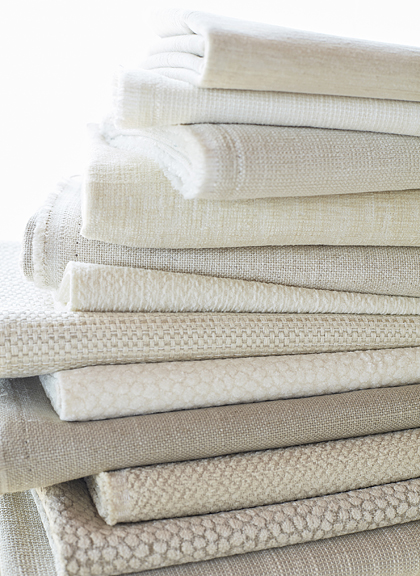
Lining options
- Interlining – An insulating, padding, or stiffening fabric that is sewn between the face fabric and the lining
- Light control – The ability to control the amount of incoming light
- Light filtering – A window covering that allows light in when fully lowered or closed
- Lining – A generic term for fabric used to cover the backside of a window treatment; can be lining-specific fabric, the same material as the face, or a coordinating or contrasting fabric
- Privacy – Refers to how much of a view is blocked when the window treatment is fully closed
- Room darkening – A window covering that decreases the amount of light that passes through in order to darken the room
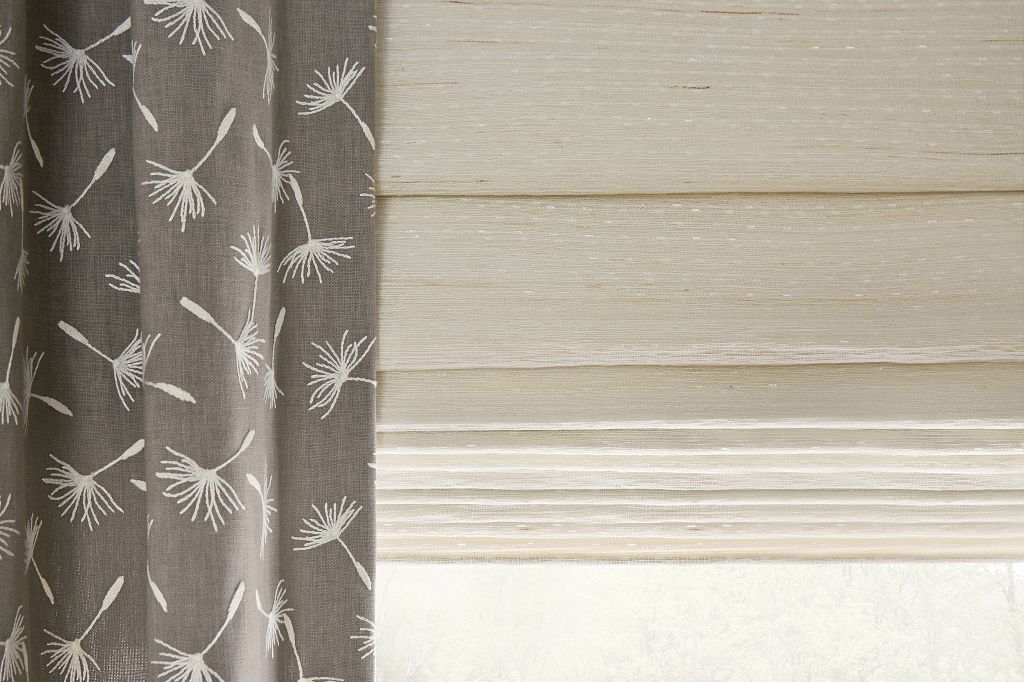
Window covering operation
- Center draw – Draperies that draw open or close from the window’s center point without overlapping
- Continuous cord loop – A mechanism that uses a pulley system to raise or lower a shade; stays the same length regardless of the shade’s position
- Cordless – A mechanism that eliminates the need for a cord by allowing the shade or blind to be raised or lowered by pushing or pulling the bottom rail; read also: Window Treatment Operating Systems: Manual, Cordless, and Motorized
- Divider rail – A mechanism that allows the separate sections of louvers to operate independently of each other
- Motorization – A battery-powered or hard-wired option for opening and closing window coverings; can be controlled by the press of a button, by the sound of your voice, or through a schedule; read also: Benefits of Motorized Window Coverings
- Top-down – A shade that opens from the top of the window instead of the bottom; when fully open, the window covering stacks at the bottom of the window
- Top-down/Bottom-up – A versatile option that opens both from the top-down and the bottom-up
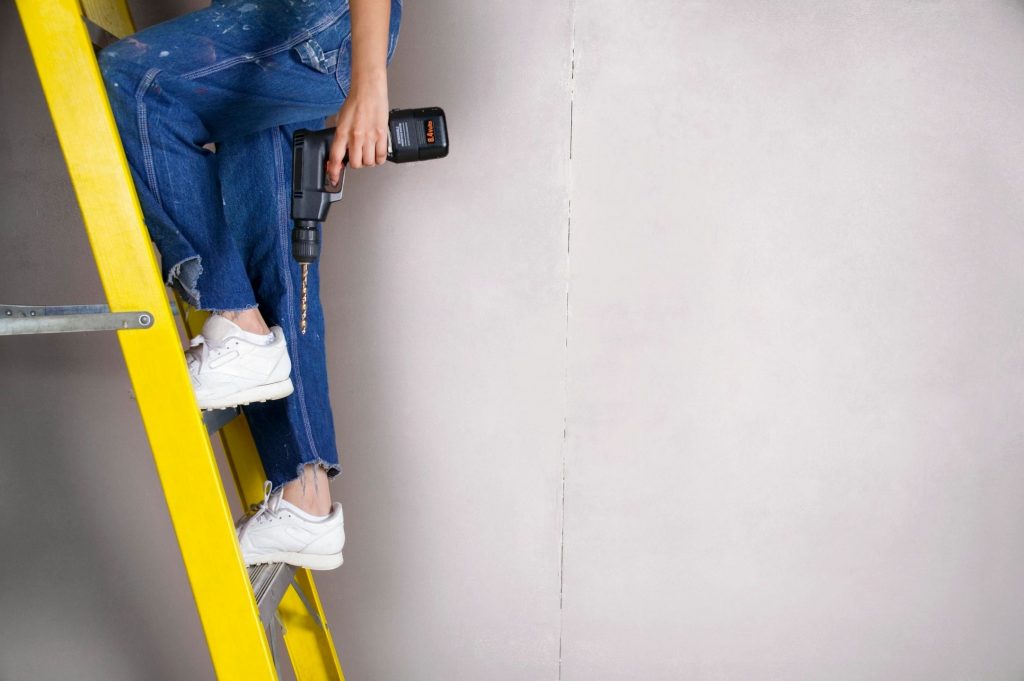
Installation
- Brackets – Installation parts that are mounted on the window frame or wall to attach a window treatment’s headrail
- Inside mount – A type of installation that refers to hanging the window treatment inside the window frame
- Minimum mounting depth – The depth required to mount window coverings inside the window frame
- Outside mount – A type of installation that refers to hanging the window treatment on the wall around the window so that the window covering overlaps with the wall
Still confused about all the window coverings lingo? Don’t worry, High Country Drapery Design’s expert team can help you design the perfect window coverings for your clients’ homes. Contact us today to get started!

